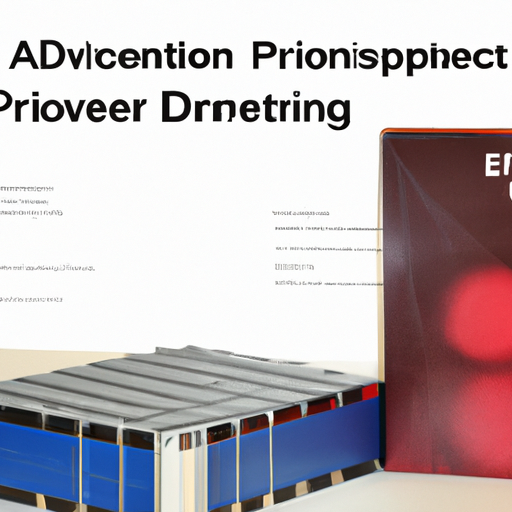Application Development in the Photoelectric Industrial Sector for CFR-50JB-52-16K
The photoelectric industrial sector is rapidly evolving, with products like the CFR-50JB-52-16K playing a pivotal role in enhancing automation and efficiency across various industries. This document outlines key technologies driving application development in this sector and highlights notable success stories that demonstrate the impact of these innovations.
Key Technologies
| 1. Photoelectric Sensing Technology | |
| 2. Smart Sensors and IoT Integration | |
| 3. Machine Learning and AI | |
| 4. Robust Design and Materials | |
| 5. User-Friendly Interfaces | |
| 1. Automotive Manufacturing | |
| 2. Food and Beverage Industry | |
| 3. Logistics and Warehousing | |
| 4. Pharmaceutical Manufacturing | |
| 5. Robotics and Automation | |
Success Stories
Conclusion

The application development in the photoelectric industrial sector, particularly for products like the CFR-50JB-52-16K, is driven by advancements in sensing technology, IoT integration, and data analytics. The success stories across various industries illustrate the transformative impact of these technologies, resulting in improved efficiency, reduced costs, and enhanced product quality. As industries continue to evolve, the role of photoelectric sensors will expand, paving the way for further innovations and applications that will shape the future of industrial automation.
Application Development in the Photoelectric Industrial Sector for CFR-50JB-52-16K
The photoelectric industrial sector is rapidly evolving, with products like the CFR-50JB-52-16K playing a pivotal role in enhancing automation and efficiency across various industries. This document outlines key technologies driving application development in this sector and highlights notable success stories that demonstrate the impact of these innovations.
Key Technologies
| 1. Photoelectric Sensing Technology | |
| 2. Smart Sensors and IoT Integration | |
| 3. Machine Learning and AI | |
| 4. Robust Design and Materials | |
| 5. User-Friendly Interfaces | |
| 1. Automotive Manufacturing | |
| 2. Food and Beverage Industry | |
| 3. Logistics and Warehousing | |
| 4. Pharmaceutical Manufacturing | |
| 5. Robotics and Automation | |
Success Stories
Conclusion

The application development in the photoelectric industrial sector, particularly for products like the CFR-50JB-52-16K, is driven by advancements in sensing technology, IoT integration, and data analytics. The success stories across various industries illustrate the transformative impact of these technologies, resulting in improved efficiency, reduced costs, and enhanced product quality. As industries continue to evolve, the role of photoelectric sensors will expand, paving the way for further innovations and applications that will shape the future of industrial automation.











